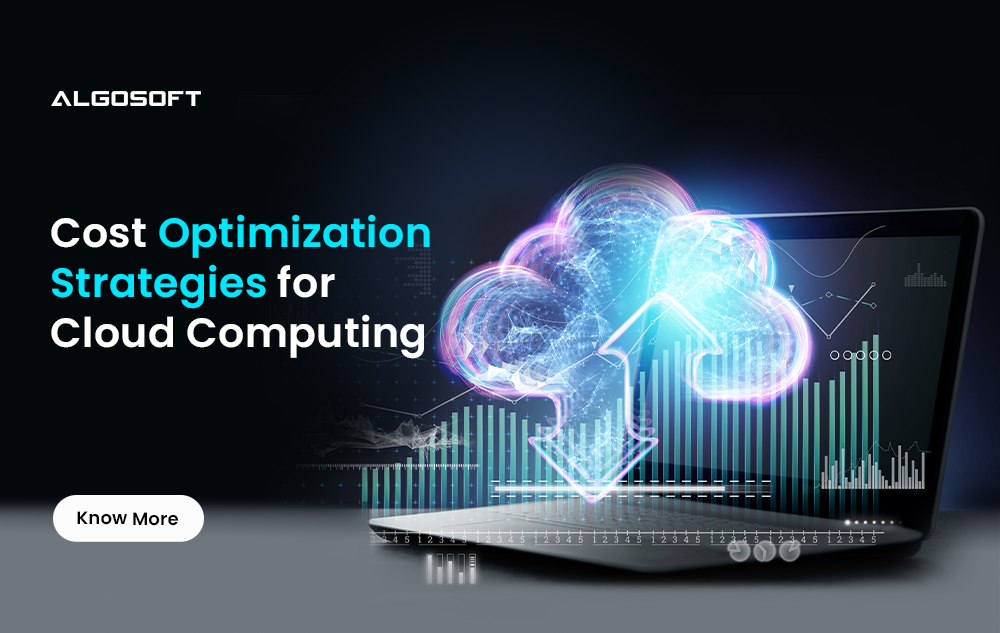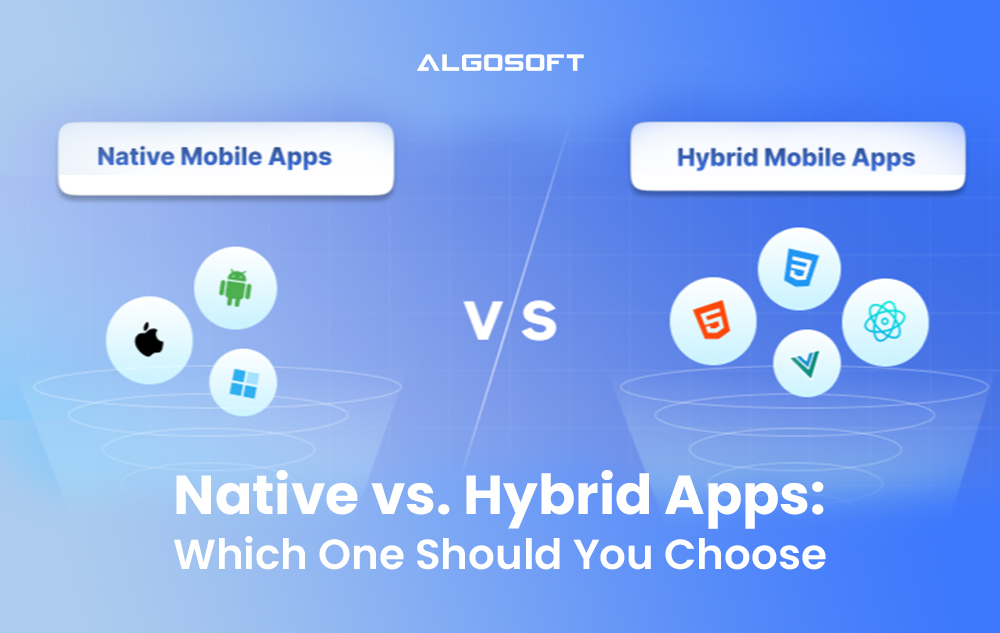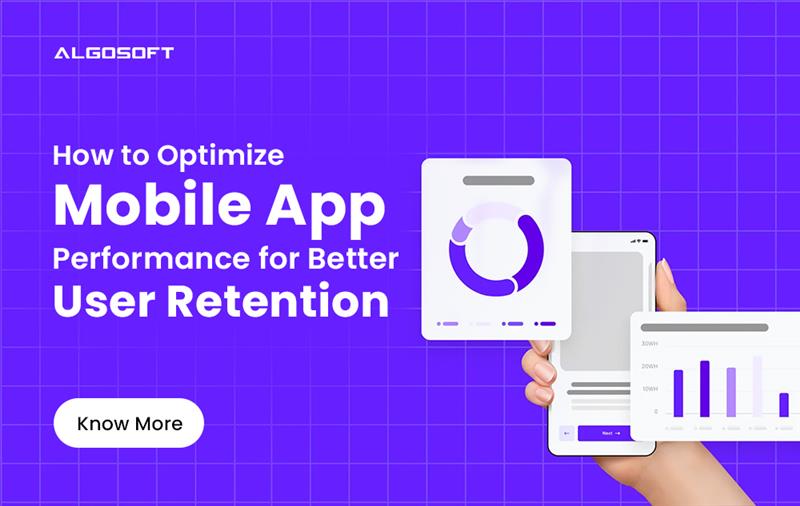Cost Optimization Strategies for Cloud Computing

Strong 8k brings an ultra-HD IPTV experience to your living room and your pocket.
Introduction to Cloud Cost Optimization
Cloud computing has revolutionized the way businesses operate. With its flexibility and scalability, it allows companies to adapt quickly to changing demands. However, this convenience often comes with a hidden cost—one that can spiral out of control if not managed properly. As organizations increasingly migrate their operations to the cloud, understanding how to optimize these expenses becomes crucial for maintaining profitability.
Cost optimization in cloud computing isn’t just about cutting back on expenses; it’s about making smart decisions that enhance efficiency while keeping budgets in check. Whether you’re a startup or an established enterprise, implementing effective strategies can lead to significant savings without sacrificing performance.
In this post, we’ll explore actionable strategies designed specifically for optimizing your cloud spending. From assessing current expenditures to leveraging advanced pricing models and resource management techniques, let’s dive into the world of cloud cost optimization and discover ways to maximize your investments effectively.
Assessing Your Current Cloud Spending
Understanding your current cloud spending is a critical first step in optimizing costs. Start by reviewing your monthly bills. Break down expenses based on services and usage patterns.
Look for any unexpected charges or spikes in spending. This could indicate underutilized resources or misconfigured services. Take note of what you spend across different departments, projects, or applications.
Tools like cloud cost management platforms can make this process easier. They provide visual insights into where money is going and highlight trends over time.
Engage with team members who manage cloud resources to gather feedback on their needs and expectations. Their input can shed light on areas that require adjustment.
Regular assessments should become part of your routine strategy, ensuring alignment between business objectives and cloud investments while paving the way for more informed decision-making moving forward.
Choosing the Right Pricing Models
Selecting the right pricing model is crucial for effective cloud computing cost optimization. Each cloud provider offers various options, and knowing which fits your needs can save you money.
Pay-as-you-go is popular for flexibility. It allows businesses to pay only for what they use, making it suitable for fluctuating workloads. However, this can lead to unexpected charges if not carefully monitored.
On the other hand, reserved instances provide significant savings in exchange for a commitment over a set period. This is ideal for predictable workloads where usage remains consistent.
Then there’s spot instances—an economical choice when tasks are flexible. They allow users access to unused cloud resources at reduced rates but come with the risk of being interrupted.
Understanding your operational patterns helps tailor these models effectively. Making informed decisions here leads directly to better financial management in your cloud journey.
Leveraging Auto-Scaling and Elasticity
Auto-scaling and elasticity are game changers in cloud computing. They allow your applications to adjust resources on-the-fly based on demand. This means you only pay for what you need, when you need it.
When traffic surges, auto-scaling steps in to provision additional instances automatically. This ensures optimal performance without manual intervention. Conversely, during quieter periods, the system can scale down, saving costs.
Elasticity complements this by enabling rapid resource allocation and deallocation. It provides the flexibility necessary to handle fluctuating workloads seamlessly.
Implementing these features not only enhances user experience but also optimizes expenditure significantly. You avoid over-provisioning while still meeting user demands efficiently.
Integrating auto-scaling into your architecture is straightforward with most cloud providers offering built-in solutions. Start experimenting today and watch both your efficiency and savings grow effortlessly!
Implementing Resource Tagging and Monitoring
Resource tagging is an essential technique in cloud computing that helps organizations manage their assets effectively. By assigning key-value pairs to resources, teams can categorize and track usage patterns easily.
With clear tags, you gain visibility into your spending habits. This insight allows for better budget forecasting and allocation of costs across departments or projects.
Monitoring these tagged resources ensures you stay updated on their performance and health status. Automated alerts can notify you of any anomalies, helping mitigate potential issues before they escalate.
Moreover, resource tagging supports compliance efforts by providing a transparent audit trail. It becomes easier to identify which resources are linked to specific initiatives or regulations.
When combined with regular monitoring practices, it transforms how businesses approach cloud cost management while enhancing overall efficiency.
Rightsizing Compute and Storage Resources
Rightsizing compute and storage resources is essential for effective cloud cost management. It involves adjusting your resource allocation to match actual usage patterns.
Start by analyzing performance metrics. This data reveals underutilized instances that may be consuming unnecessary funds. Scaling down these resources can lead to significant savings without sacrificing performance.
On the flip side, monitor workloads for spikes in demand. Sometimes, it makes sense to upgrade certain services temporarily rather than risk slowdowns or outages during peak times. A balanced approach ensures you only pay for what you need.
Implement automated tools that recommend optimal instance types based on historical data. These solutions provide insights into both current usage and future needs, allowing for informed decisions regarding adjustments.
Regular reviews of your cloud environment keep spending in check while aligning with business growth. This proactive strategy fosters efficiency and helps maximize return on investment in the long run.
Utilizing Reserved Instances and Savings Plans
Reserved Instances and Savings Plans are powerful tools for cost optimization in cloud computing. They allow businesses to commit to using specific resources over a period, often resulting in significant discounts.
With Reserved Instances, you pay upfront or commit to a longer-term usage. This approach can yield savings of up to 75% compared to on-demand pricing. It’s perfect for predictable workloads where you know your resource needs well in advance.
Savings Plans offer more flexibility than Reserved Instances. You choose an amount of compute capacity and save money across different services within that commitment. This is particularly useful if your workload fluctuates but still maintains consistent overall consumption.
Both options require careful planning and analysis of current and future needs. By selecting the right plan, organizations can achieve substantial budget relief while maximizing their cloud capabilities without sacrificing performance or scalability.
Reducing Costs with Serverless Architectures
Serverless architectures offer a transformative approach to cloud computing, helping businesses significantly cut costs. With serverless, you only pay for the compute time you consume. This means no more wasting resources on idle servers.
Scaling becomes seamless with this model. As demand spikes, your application can automatically adjust without manual intervention or pre-provisioning of resources. This dynamic nature ensures that you’re not overspending during quieter periods.
Moreover, managing infrastructure is simplified. Developers can focus on writing code rather than worrying about server management and maintenance tasks. The reduced operational overhead translates directly into cost savings.
Additionally, leveraging functions as a service (FaaS) allows teams to innovate quickly without financial constraints associated with traditional setups. Experimentation and rapid deployment become part of the norm when costs are optimized through serverless solutions, making it an attractive choice for many organizations looking to enhance their cloud strategy.
Managing Idle and Unused Resources
Managing idle and unused resources is crucial for effective cloud cost optimization. Many organizations overlook these dormant assets, leading to unnecessary expenses.
Start by identifying resources that are not actively in use. This includes virtual machines, storage volumes, and databases that remain on standby. Regular audits can help pinpoint these inefficiencies.
Next, consider automating the process of resource management. Utilize tools that can automatically shut down or deallocate resources during non-peak hours. This reduces costs without sacrificing performance when demand spikes.
Don’t forget about rightsizing your infrastructure as needs change over time. What worked last quarter might be excessive today. Adjusting sizes based on current usage ensures you pay only for what you need.
Implementing monitoring solutions keeps track of resource utilization metrics in real-time. With this data at hand, decisions become easier to make regarding which assets should stay active and which ones can be scaled back or removed entirely.
Maximizing Value from Cloud Investments
To maximize value from cloud investments, organizations must align their cloud strategy with business objectives. Understanding how cloud services can drive innovation is crucial.
Regularly reviewing your usage and outcomes helps identify areas for improvement. Engage teams to ensure everyone knows the tools available in the cloud ecosystem. Collaboration enhances productivity and optimizes resource allocation.
Investing in training empowers employees to leverage advanced features effectively. This commitment fosters a culture of continuous learning, ensuring technologies are utilized fully.
Consider adopting multi-cloud strategies to avoid vendor lock-in while increasing flexibility. Diversifying service providers often leads to cost savings and better performance tailored to specific needs.
Additionally, maintain open communication with stakeholders about expectations and results. Transparency paves the way for informed decisions regarding future investments in technology and resources.
When organizations prioritize these practices, they unlock significant returns on their cloud initiatives, fueling further growth opportunities.
This content is originally posted on: https://www.algosoft.co/
Source URL: https://www.algosoft.co/blogs/cost-optimization-strategies-for-cloud-computing/
Note: IndiBlogHub features both user-submitted and editorial content. We do not verify third-party contributions. Read our Disclaimer and Privacy Policyfor details.






